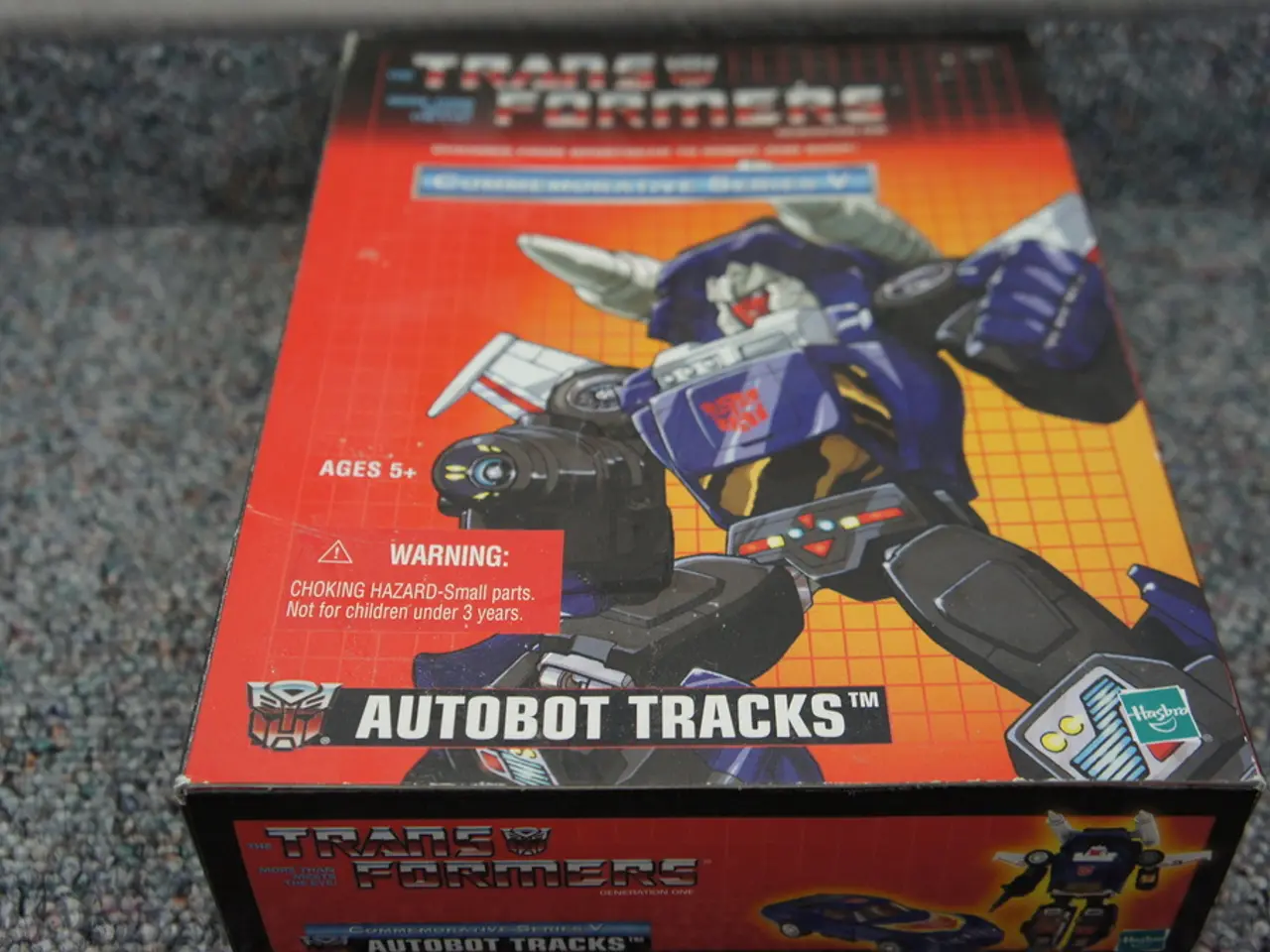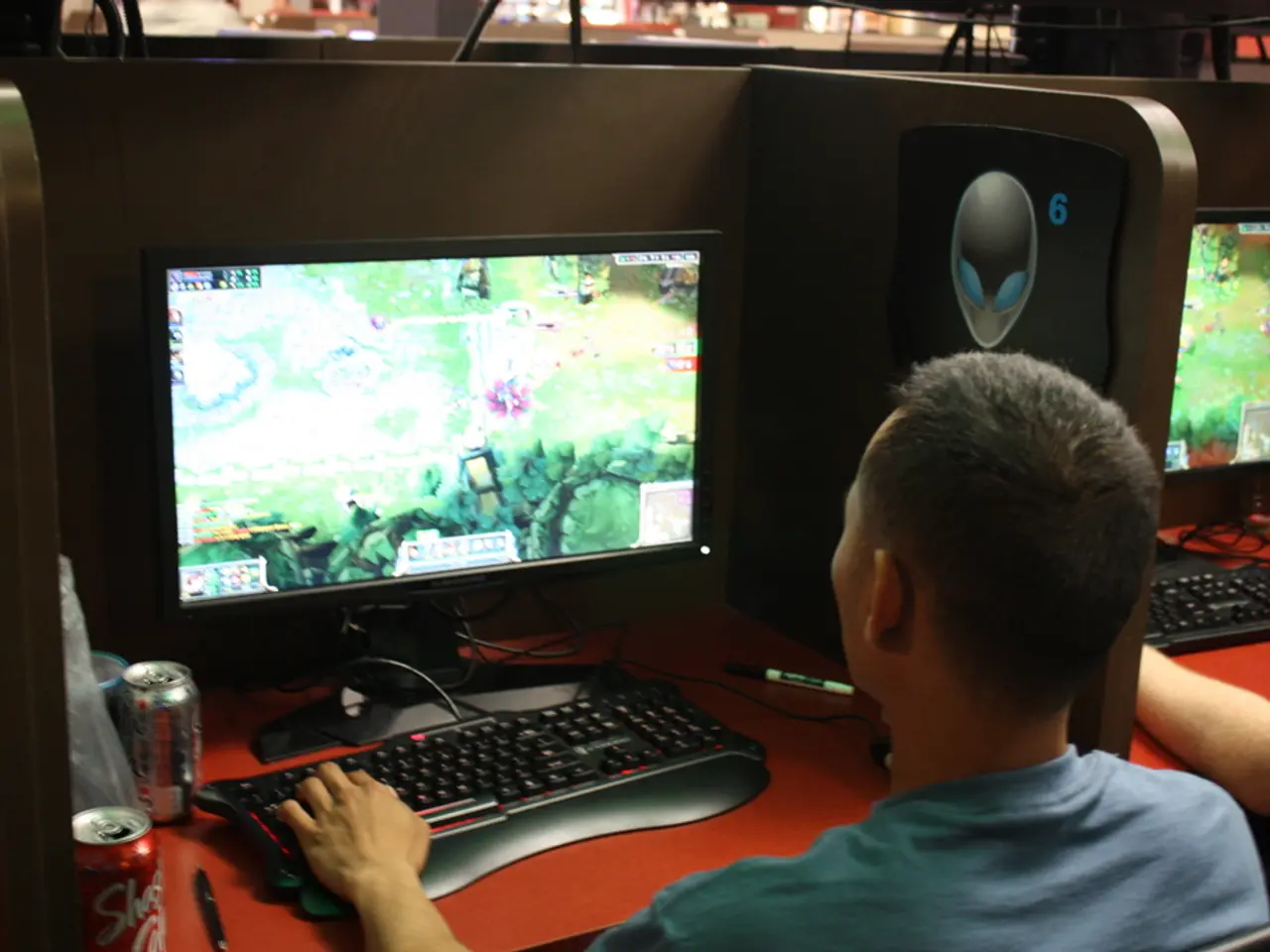Exploring the Core Concepts of Autonomous Robotics: Revealing Pivotal Knowledge and Practical Uses
Autonomous robotics, machines capable of navigating and performing tasks independently, are poised to revolutionize numerous sectors, thanks to advancements in AI, sensor technologies, and expanding applications.
The market for humanoid robots, often referred to as "embodied AI," is projected to grow exponentially, with a 14-fold increase over five years starting from 2025. Major players like Tesla and BYD aim to significantly expand humanoid deployment in factories, targeting over 25% cost reduction per unit. This growth is driven by key technologies such as LiDAR, torque sensors, cameras, and IMUs, which enable navigation, object detection, and force control, making humanoids more functional and autonomous.
In the manufacturing sector, robotics are replacing traditional production lines with more advanced, flexible, and adaptable machines. These autonomous robots improve efficiency and worker safety, particularly in hazardous environments, by performing tasks such as assembly, packaging, welding, and quality assurance.
The healthcare industry also benefits from autonomous robots. Surgical robots are already assisting with precision operations, while future robotics include exoskeletons to support mobility and AI-powered companions for elderly care, aiming to enhance patient outcomes and efficiency.
In logistics and warehousing, robotics are increasingly managing sorting, packing, and movement of goods autonomously. Autonomous delivery vehicles promise to revolutionize last-mile delivery, reducing human labour and increasing speed.
Autonomous robots are becoming more intelligent and responsive due to AI and machine learning deployed at the edge—on-device processing that reduces dependency on cloud connectivity and enhances real-time decision-making. This includes improvements in robotic perception, learning, and adaptation to new environments and tasks.
Emerging trends involve the use of multiple coordinated robots (swarm robotics) to perform complex, large-scale tasks more efficiently and cost-effectively. This approach is gaining attention for industrial automation and service applications, allowing for scalability and robustness.
At consumer electronics events like CES 2025, AI-powered robotics demonstrated advanced capabilities in personalized assistance, emotional intelligence, and home automation, indicating a trend in human-robot collaboration extending beyond industrial uses into everyday life.
Looking ahead, future advancements include enhanced autonomy in household robots via advanced AI models trained on real-world data, enabling them to perform domestic tasks such as laundry and visitor interaction autonomously. Continued sensor innovation, including tactile sensors and navigation systems, will improve the physical interaction and spatial awareness of robots.
Greater deployment of robots in diverse sectors like agriculture, construction, defense, customer service, and retail is expected, driven by ongoing technology improvements and the search for efficiency. Despite their benefits, autonomous robotics face technological limitations and ethical considerations, such as biases in algorithms and accountability in case of accidents.
In summary, the future of autonomous robotics is characterized by rapid market expansion, AI-driven autonomy, enhanced perception through advanced sensors, and broadening applications across manufacturing, healthcare, logistics, and consumer sectors. These trends point toward increasingly intelligent, versatile, and integrated robotic systems shaping multiple industries over the next decade.
- As technology continues to advance, the market for humanoid robots, also known as "embodied AI," is projected to experience a 14-fold increase over five years starting from 2025.
- In the manufacturing sector, robots are replacing traditional production lines with more advanced, flexible, and adaptable machines, improving efficiency and worker safety.
- Autonomous delivery vehicles in logistics and warehousing promise to revolutionize last-mile delivery, reducing human labor and increasing speed.
- Looking ahead, future advancements in autonomous robotics include enhanced autonomy in household robots via advanced AI models, enabling them to perform domestic tasks such as laundry and visitor interaction autonomously.




